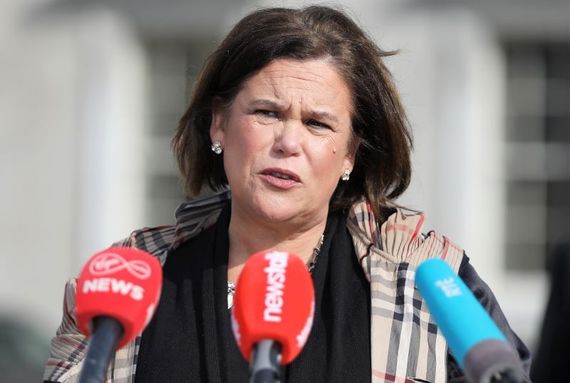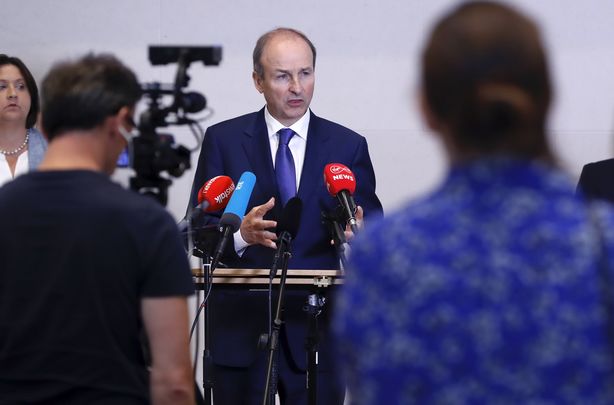The composition of that government is most surprising. What makes this next government historic is the fact that two political parties, Fianna Fail and Fine Gael, sworn enemies for close to 100 years, are finally joining together in government.
The two parties both arose out of the Irish Civil War, one of the most vicious and prolonged conflicts in modern European history.
The hatred between the two parties was the very raison d'être for their existence. Indeed, back in 1926, there was considerable speculation that the Fine Gael government would not step down even though Fianna Fail had won the election.
Ireland came as close as any country in Europe to becoming a military dictatorship. But the decision by Fine Gael, then known as Cumann na nGaedheal, to finally step down ensured that further violence would not occur.
Read more: Ireland shouldn’t be forgotten when reconsidering Winston Churchill
Since 1926 the two parties have been at the very heart of Irish politics. The bitterness and distaste for the other side lasts in many circles to this day.
Fine Gael leader Leo Varadkar.
However, slowly but surely as the modern era dawned, both parties adopted a centrist, pro-Europe stance with relatively similar politics that made their coming together significantly easier.
The last remaining issue was the north of Ireland, where Fianna Fail took pride in its role as the more republican of the two parties. Fine Gael was more connected to the unionist side, as when leaders like former Fine Gael Taoiseach John Bruton clearly considered the IRA a greater problem than Ulster unionism.
But with the signing of the Good Friday Agreement and the acceptance by all the parties on the island of Ireland, that last major difference appeared to resolve itself.
Now, by coming together with the Green Party for a five-year coalition plan, it is evident that Irish politics will be transformed perpetually.

Green Party leader Eamon Ryan.
Read more: Masks could be mandatory in Ireland
The major opposition party now becomes Sinn Fein, which had a spectacular election result in February but was barred from participating in the government formation talks on highly spurious grounds by both Fianna Fail and Fine Gael.
Readers should not forget that both Fianna Fail and Fine Gael arose out of armed conflict by both sides back in the 1920s. Sinn Fein has a similar history, but somehow Fianna Fail and Fine Gael argued that their violence was less vicious and telling than the IRA’s in the modern era.
The upshot of course, is that in their relentless pursuit of power, Fianna Fail and Fine Gael are now indistinguishable, running the same political program in tandem with a zany Green Party which, bizarrely, decided to hold a leadership election during the government formation talks.
What the new government has done is create a new spectrum of Irish politics, much more in keeping with the European model of left and right wing parties.
Sinn Fein now has the opposition benches to itself, and with certain hard times to come in Ireland following the coronavirus wreckage the party will be in a very advantageous position as the likely economic recession bites hard.
Sinn Fein’s leader, Mary Lou McDonald, has vowed that the nearly 25 percent of Irish people who voted for her party will have their voices heard loud and clear in the new Dail.

Sinn Fein’s leader, Mary Lou McDonald.
As for Fianna Fail and Fine Gael, they have both given hostages to fortune. And by the next election, the strength of Sinn Fein as the major opposition party may well be sufficient for them to gain power.
That, however, is the future. For now, we have a history-making government in Ireland – but what kind of history remains to be seen.
Read more: From Lord of the Rings to Churchill - Leo Varadkar's most noteworthy speech references




Comments